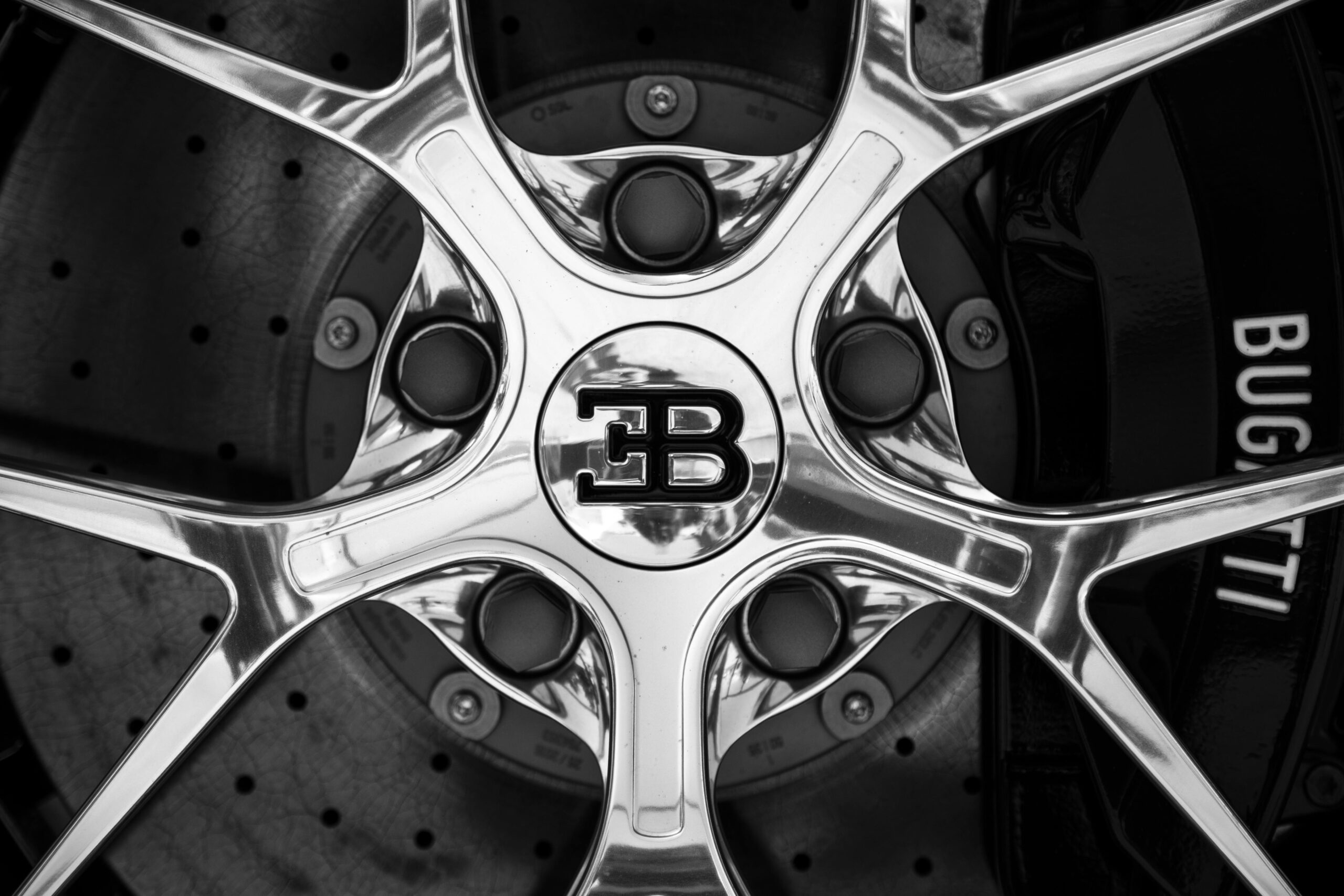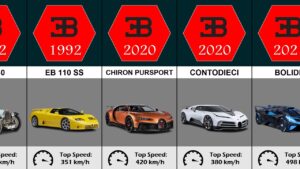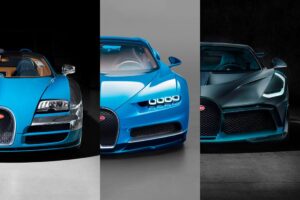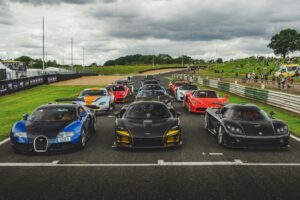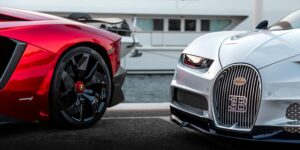Evolution of Bugatti Over the Years
Introduction
When you think of luxury, speed, and engineering brilliance in the automotive world, one name immediately comes to mind—Bugatti. Synonymous with opulence and unmatched performance, Bugatti has stood as a crown jewel of the automobile industry for over a century. From its inception in the early 1900s to the ultra-modern hypercars of today, Bugatti has been a benchmark for what happens when art meets engineering.
The brand’s evolution is not merely about producing cars that are fast; it is about producing rolling masterpieces. Each Bugatti tells a story of its time—about racing legacies, luxury craftsmanship, technological innovations, and resilience through economic and ownership changes.
This article traces the remarkable evolution of Bugatti over the years, diving into its origins, golden racing days, turbulent mid-years, and its rebirth as a hypercar pioneer.
Origins of Bugatti (1909 – 1930s)
The Vision of Ettore Bugatti
The Bugatti story begins with Ettore Bugatti, an Italian-born engineer with a passion for design and performance. In 1909, Ettore founded Automobiles E. Bugatti in Molsheim, then part of the German Empire (now France). His philosophy was simple: cars should combine artistry with engineering precision.
Early Success
Bugatti’s early models, like the Type 13, quickly established a reputation for lightweight construction, nimble handling, and elegant design. Unlike many contemporaries who focused solely on power, Ettore emphasized balance and aesthetics.
The Type 13 Brescia dominated races in the 1920s, putting Bugatti on the global map. These successes cemented Bugatti as both a racing powerhouse and a luxury carmaker.
The Golden Era: 1920s – 1930s
Masterpieces of Design
During the 1920s and 1930s, Bugatti produced some of the most iconic cars in history. The Type 35, introduced in 1924, became one of the most successful racing cars ever built, winning over 1,000 races in its lifetime.
Another highlight was the Bugatti Type 41 Royale (1927–1933), a luxury automobile so extravagant that it remains one of the most prestigious vehicles ever made. With a massive 12.7-liter engine and unmatched craftsmanship, it was intended for royalty. Only six were built, making it extremely rare.
The Bugatti Philosophy
This era defined Bugatti’s philosophy—lightweight design, attention to detail, and aesthetic beauty. Cars were not just machines; they were pieces of art. Ettore himself often said:
“Nothing is too beautiful, nothing is too expensive.”
Decline and Turmoil (1940s – 1950s)
World War II Impact
The outbreak of World War II disrupted Bugatti’s growth. Factories were seized, and production halted. Ettore Bugatti also faced personal tragedies, including the death of his son Jean Bugatti in 1939, who was expected to carry on the family legacy.
Post-War Struggles
After the war, Bugatti tried to revive its operations with models like the Type 101, but it couldn’t match the innovation or popularity of pre-war vehicles. The automobile industry had shifted focus, and Bugatti struggled financially.
Ettore Bugatti passed away in 1947, leaving the company without its visionary leader. By the early 1950s, Bugatti’s influence had dwindled, and the once-dominant brand was nearly extinct.
The Dormant Years and Revival Attempts (1960s – 1980s)
For decades, Bugatti lay dormant. The brand changed hands several times, with little success in regaining its former glory.
Failed Revivals
In the 1960s and 70s, there were attempts to produce new models under the Bugatti name, but none left a lasting impact. These years are often remembered as Bugatti’s “silent era,” where the world nearly forgot about the once-great marque.
The 1980s Attempt: Bugatti Automobili SpA
In 1987, Italian entrepreneur Romano Artioli purchased the rights to Bugatti. He envisioned reviving the brand as the ultimate luxury performance manufacturer. This led to the creation of the Bugatti EB110 in 1991, a car far ahead of its time.
The EB110 featured a 3.5-liter quad-turbocharged V12, all-wheel drive, and a top speed exceeding 210 mph. Despite its brilliance, the EB110’s launch coincided with an economic recession, and the company went bankrupt by 1995.
The Volkswagen Era: Bugatti Reborn (1998 – 2015)
The true revival of Bugatti began when Volkswagen Group acquired the brand in 1998. VW aimed to transform Bugatti into a hypercar pioneer, blending cutting-edge engineering with the brand’s rich heritage.
The Veyron Era (2005 – 2015)
In 2005, Bugatti unveiled the Veyron 16.4, a car that redefined what was possible in the automotive world.
-
Engine: 8.0-liter quad-turbocharged W16
-
Horsepower: 1,001 hp
-
Top Speed: Over 253 mph (407 km/h)
-
0–60 mph: 2.5 seconds
The Veyron wasn’t just a car—it was a statement. For a decade, it remained the world’s fastest production car, and its engineering feats stunned the industry. Special editions, like the Veyron Super Sport, pushed the speed barrier even further, setting records above 267 mph.
Craftsmanship and Luxury
Beyond speed, the Veyron was a symbol of exclusivity. Every car was handcrafted with meticulous detail, carrying forward Ettore Bugatti’s philosophy of merging art with engineering.
The Chiron Era: Pushing Limits Further (2016 – Present)
In 2016, Bugatti introduced the Chiron, successor to the legendary Veyron. Once again, Bugatti raised the bar for hypercars.
-
Engine: 8.0-liter quad-turbocharged W16
-
Horsepower: 1,479 hp
-
Top Speed: Electronically limited to 261 mph (unlimited version exceeded 304 mph)
-
Price: Around $3 million
The Chiron set new benchmarks in performance, with limited editions like the Chiron Super Sport 300+ breaking the 300 mph barrier in 2019—an unprecedented feat for a production car.
Variants and Innovation
Bugatti expanded the Chiron lineup with models like:
-
Chiron Sport – lightweight and performance-focused.
-
Chiron Pur Sport – optimized for agility and handling.
-
Divo – a limited-run hypercar focused on aerodynamics.
-
Centodieci – a tribute to the EB110.
-
La Voiture Noire – a one-off luxury masterpiece.
Each Chiron variant emphasized Bugatti’s ability to combine innovation, artistry, and exclusivity.
Bugatti Today: Beyond Cars
The Rimac Partnership
In 2021, Bugatti entered a joint venture with Rimac Automobili, a Croatian EV hypercar manufacturer. The partnership, called Bugatti Rimac, aims to merge Bugatti’s legacy with Rimac’s cutting-edge electric technology.
This signals a new era for Bugatti, where the focus shifts toward hybrid and electric hypercars, ensuring sustainability without compromising performance.
Expanding Luxury
Bugatti today is not just about hypercars—it represents a luxury lifestyle brand. From fine watches to exclusive collaborations, Bugatti continues Ettore’s vision of blending artistry with precision.
Bugatti’s Legacy and Future
Legacy
Over the past century, Bugatti has evolved from building lightweight race cars to creating the fastest and most luxurious hypercars in the world. The brand’s essence remains unchanged: a relentless pursuit of beauty, speed, and innovation.
The Future of Bugatti
As the automotive industry shifts toward electrification, Bugatti faces a new challenge: how to remain the epitome of performance in a world driven by sustainability. The upcoming Bugatti-Rimac hypercars are expected to blend electric powertrains with Bugatti’s heritage, pushing boundaries once again.
The future Bugattis may not roar with W16 engines but will continue to represent what Ettore once envisioned—“the perfect blend of art and engineering.”
Conclusion
The story of Bugatti is one of resilience, reinvention, and revolution. From Ettore’s artistic creations in the 1900s to the record-shattering Veyron and Chiron, Bugatti has always represented more than just automobiles.
It is the embodiment of human ambition to push limits—of speed, luxury, and innovation. Now, as Bugatti enters the electrified era with Rimac, the brand stands ready to redefine the future of hypercars while staying true to its century-old philosophy.
Bugatti’s evolution is not just about cars—it is about the timeless pursuit of perfection.
Federated Learning: A New Era of Decentralized Machine Learning

